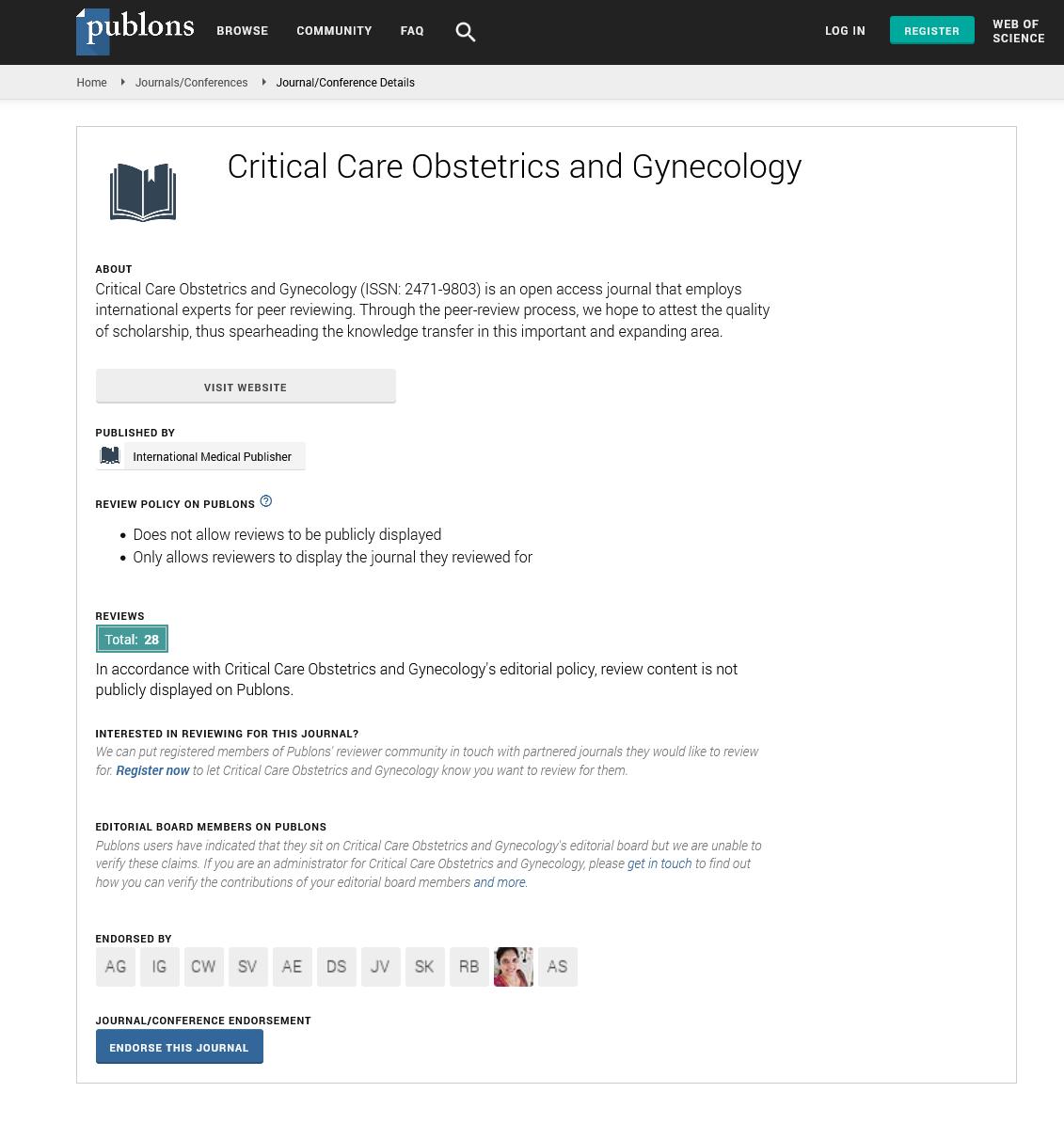Abstract
Correlates of Serum Oxytocin Level and Semen Profile in Male Patients
Central and peripheral level of oxytocin is found to be almost in the same level in both male and female however its direct relationship to male infertility is not yet studied clinically. Case control study was carried out to comparatively analyze serum oxytocin level and semen profile. Study was carried out among 60 patients including equal number of infertile case with age matching control. Serum oxytocin was measured by using ELISA tests and semen profiling was done by following routine methods of evaluation. The quantitative method involves comparison of factors between case and control. Results were analyzed by Pearson correlation and linear regression models to derive conclusion. The p value less than 0.05 was considered as significant. In our study 86.67% of the patients were diagnosed with primary infertility. About 90% of the patients were noted with 2-4 mL of semen. In this study serum oxytocin level in infertile patient is significantly (p<0.05) lower than compared to control patients. It is also found that infertile patients have significantly (p<0.01) lower sperm concentration, sperms with normal morphology, motile sperms and higher number of abnormally structured sperm cells compared to fertile group of patients. Comparative Pearson’s correlation analysis shown significant (p<0.05) correlation between serum oxytocin level and semen volume, sperm concentration and motility. We conclude from this study that serum oxytocin significantly lower in infertile patients and affecting fertility by affecting the semen volume, sperm motility and morphology.
Author(s):
Chitme HR, Azawi EA, Al Harthy AMS, Al Hinae MSS, Al Shuraiqi MZM, Al Salhi ASN and Al Balushi LAS
Abstract | Full-Text | PDF
Share this

Google scholar citation report
Citations : 148
Critical Care Obstetrics and Gynecology received 148 citations as per google scholar report
Critical Care Obstetrics and Gynecology peer review process verified at publons
Abstracted/Indexed in
- Google Scholar
- China National Knowledge Infrastructure (CNKI)
- WorldCat
- Publons
- Geneva Foundation for Medical Education and Research
- Secret Search Engine Labs
Open Access Journals
- Aquaculture & Veterinary Science
- Chemistry & Chemical Sciences
- Clinical Sciences
- Engineering
- General Science
- Genetics & Molecular Biology
- Health Care & Nursing
- Immunology & Microbiology
- Materials Science
- Mathematics & Physics
- Medical Sciences
- Neurology & Psychiatry
- Oncology & Cancer Science
- Pharmaceutical Sciences


